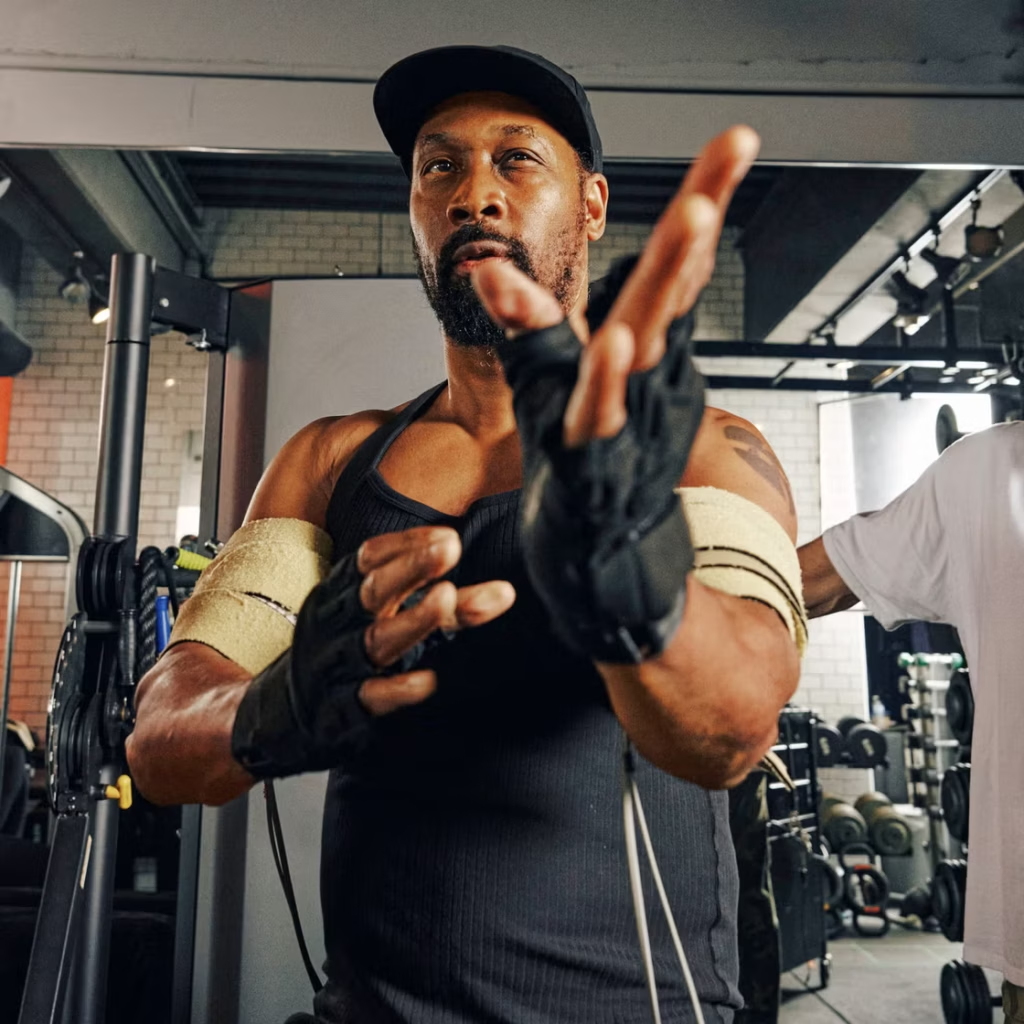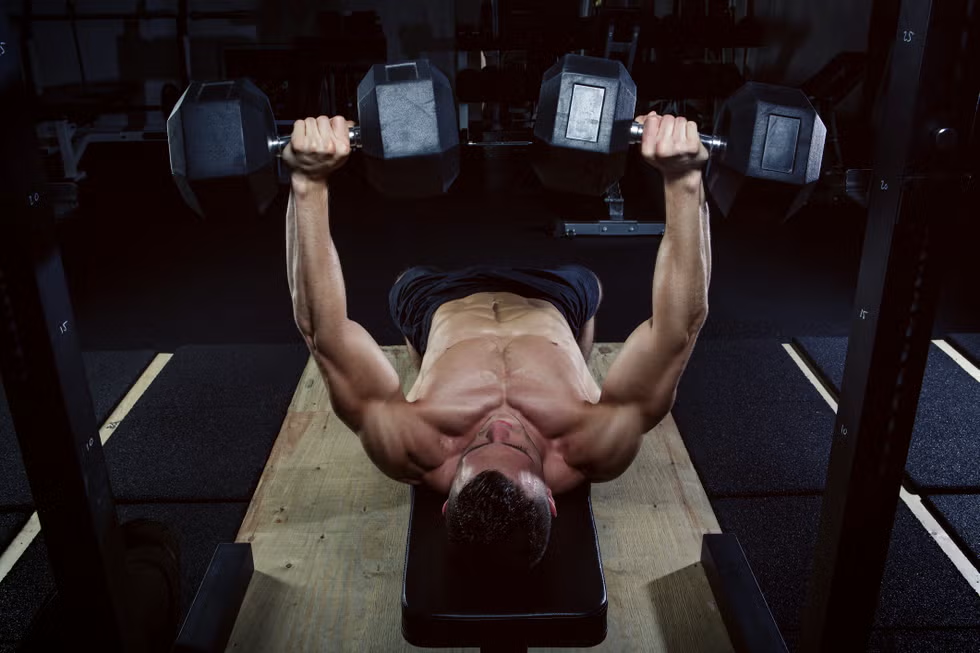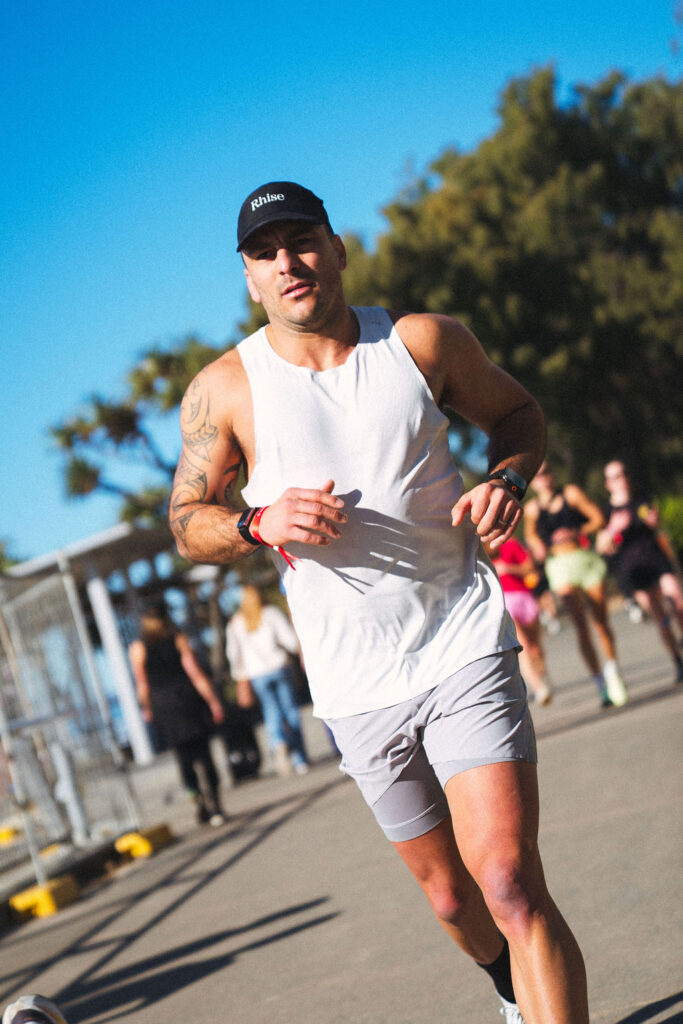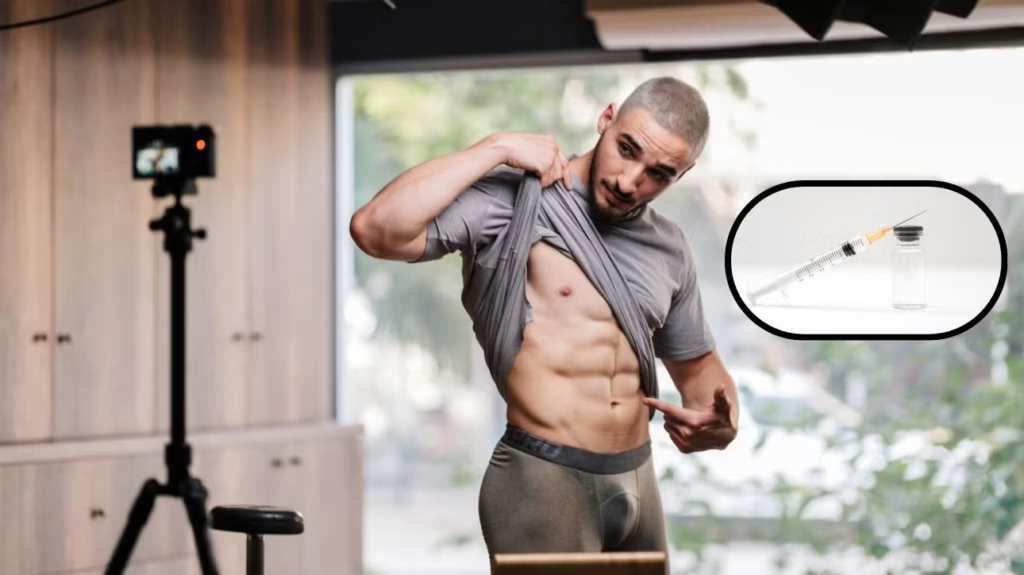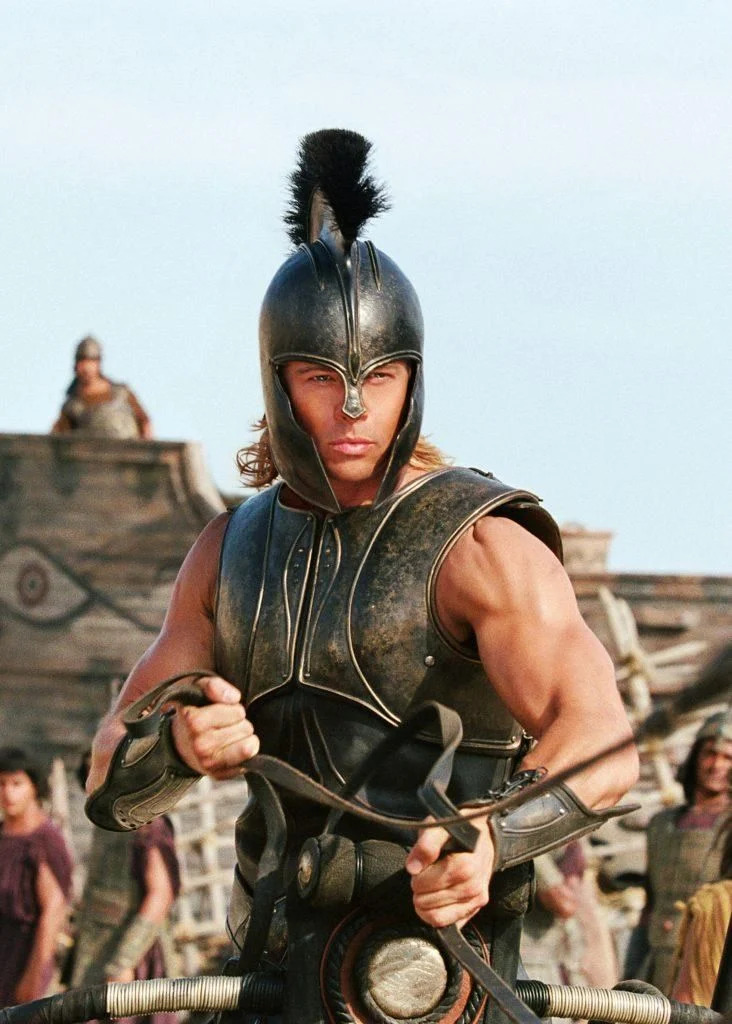SCROLL FITNESS INSTAGRAM and TikTok and you’ll see @jtm_fit doing flying pushups off (or onto!) a stack of dumbbells, @JustFlySports bounding across 20 meters of turf on just…one…leg, and @BrotherFaris doing insane hurdle hops.
It’s a frenetic feed of jumps and leaps and explosive moves that might make you wonder if your own workout needs revving up. And the truth is, this time the fitfluencers are actually onto something. All those viral posts have reintroduced a classic kind of movement called plyometrics, a specialized training modality that pushes your body to essentially jump, land, and then immediately jump again. These high-speed training moves are usually reserved for pro athletes, because the exercises can be very technical (and when performed incorrectly can increase your risk of injury) and sports scientists have long felt there were only marginal benefits for civilians.
But new research reveals that injecting a few plyometric drills into your regular routine can enhance your overall athleticism. “Whether you’re hoping to play pickup hoops or chase your kids around long into midlife, plyometrics makes you more durable for those tasks,” says Paul Fabritz, C.S.C.S., who trains top NBA players like James Harden.
The first-ever plyo drill was originally implemented in the 1960s by Russian track coach Yuri Verkhoshansky, who had athletes jump from a box onto the ground, then jump again, and repeat. Doing plyometrics helped his sprinters find an extra gear in competition thanks largely to improved power production, and over the past few decades, trainers have embraced similar ideas while working with elite athletes.
These same drills can benefit anyone. Plyos teach your body to utilize “elastic energy,” which is stored in your tendons. Picture your ankles before an explosive jump. You start by standing on your tiptoes, Achilles tendons compressed. Then your tendons stretch as you drive your heels into the ground. This loads them with that elastic energy, which then propels you upward, when your ankles rapidly drive off the ground and your tendons “snap” back into place. “Your muscles rev up the moment you hit the floor,” says Fabritz. “And that’s where a lot of the superpower is.”
Mastering plyometric drills sets you up to run and jump with greater power. And these drills indirectly help you build plenty of muscle, too: Plyos recruit your biggest, strongest muscle fibers, priming them to help you push more weight-room poundage. You’re also making your tendons more durable, says Fabritz, which doesn’t always happen in the weight room. He points out that Achilles-tendon ruptures often hit men who strength-train, then play sports. “When gym guys go play basketball, their tendons aren’t used to that spring force,” Fabritz says. “Injuries happen fast.”
None of this has to mean flying pushups onto stacks of dumbbells for you. If you haven’t included jumping or explosive upper-body moves in your training for several years (or ever), start slowly, says Fabritz. Spend your first few weeks doing low-intensity plyometric drills, high-rep moves like jumping rope or mini-pogos. A few minutes of either or both after your warmup (but before your lifting sessions) will ready your connective tissues for higher-stress sessions. “Jump rope for four sets of 30 seconds each,” says Fabritz. “Every workout, add one set until you get to ten sets.”
Crush ten minutes of extensive plyos and you’ll be ready for “intensive plyometrics,” which are similar to that 1960s depth jump. You’ll do just a few reps of each drill twice a week. Yes, says Fabritz, that’s all you’ll need. “They don’t feel like much,” he says. “You’re not feeling a burning in your legs. But you are getting a really high-level stimulus.”
Plyometric workout dos and don’ts
Do
- Go max effort on every jump or throw. You’re only doing a few reps, so take full advantage.
- Do 5 or fewer reps per set. When chasing performance, you must think quality of each rep, not quantity.
- Hit your plyos early in each workout. Crushing squats and lunges before plyos can keep you from going hard.
Don’t
- Don’t expect to feel the burn. Plyos aren’t about pump. And they’re not about honing your cardio, either.
- Max effort requires more rest than you think, so don’t rest less than 90 seconds between sets.
- Don’t use heavy weights or med balls. Even a 10-pound med ball can prevent you from being your explosive best.
The started plyo exercise workout
BEGIN WITH THESE 4 moves. First, work up to 5 sets of mini-pogos daily. When you can comfortably do that, add in the next 3 moves, aiming to do 3 to 5 sets of 3 to 5 reps of each once or twice a week.
Mini-Pogo

WHY IT MATTERS: Consider this the ultimate beginner plyo exercise. The mini-pogo teaches you to exert maximum force, almost entirely from your ankles and calves.
HOW TO DO IT: Stand with your abs and glutes tight. Jump straight off the floor, aiming to bend your hips and knees as little as possible. (Don’t expect a massively high jump.) Flex your feet hard in midair, then land on the balls of your feet. Repeat this continuously for 30 seconds. Do 3 rounds.
Plyo broad jump

WHY IT MATTERS: This move pushes you to explode forward, building ankle and hip power (and challenging more lower- body mobility than you may think, too).
HOW TO DO IT: Start standing, then push your butt back, bend your knees, and leap forward as far as you can. Land on 2 feet, then immediately jump forward again; repeat this until you’ve done 4 jumps. See how far you leaped. Rest, then try to beat your distance with your next attempt. Do 3 sets.
Seated rotational med-ball throw

WHY IT MATTERS: Yes, throws can be plyos, too, as long as you whip the ball with serious force, then catch it and repeat. This drill taps the power you use to swing a trash bag or backpack around your back.
HOW TO DO IT: Sit on a box with an 8-pound med ball, right shoulder 4 feet from a sturdy wall. Rotate your torso away from the wall, then fling the ball into it as hard as possible. Catch it, then repeat. Do 5 total reps. Rest, then repeat on the other side. Do 3 sets.
Plyo hands-elevated push-up


WHY IT MATTERS: You’ll develop horizontal push- ing power, which you use whenever you shut a car door in front of you or lift your body off the floor.
HOW TO DO IT: Get in pushup position, hands on a bench or sturdy chair, abs and glutes tight. Bend at the elbows and shoulders, lowering your chest toward the bench. Press back up so explosively that your hands drive off the bench. Immediately do your next pushup. Do 3 sets of 5 reps.
This article originally appeared on Men’s Health US.








